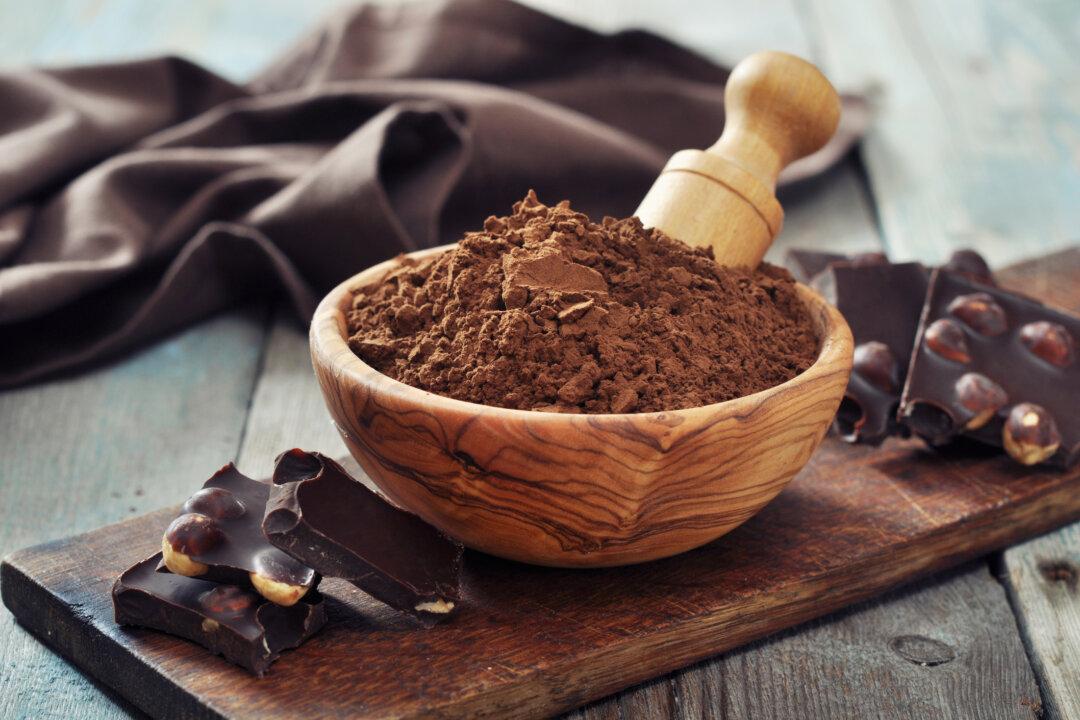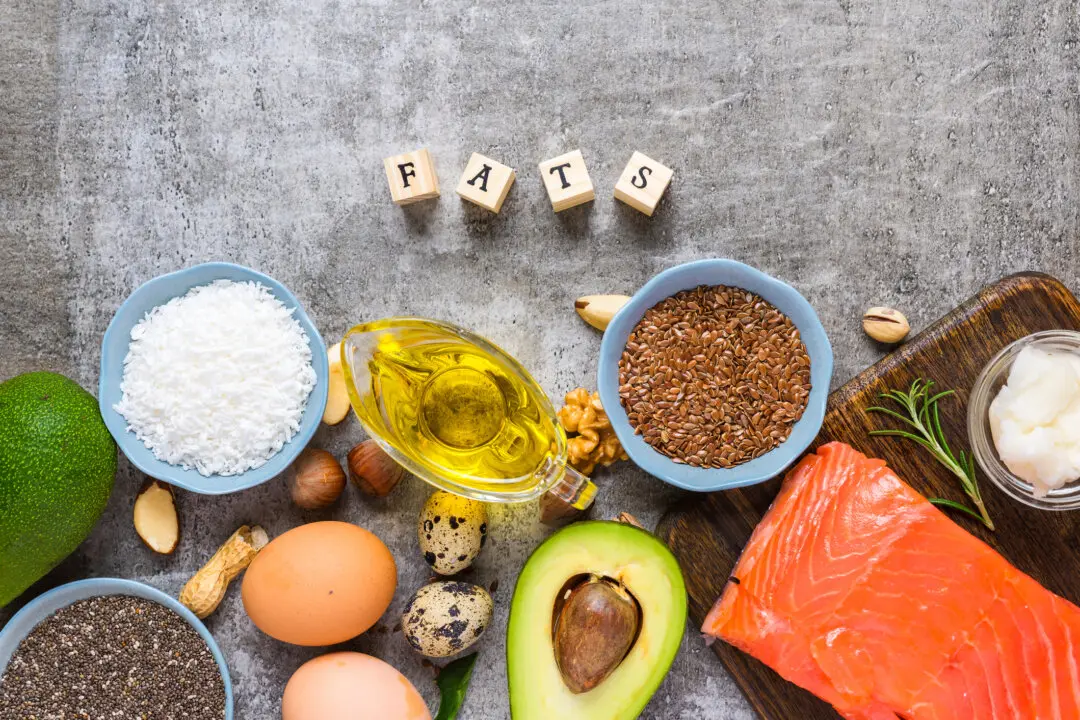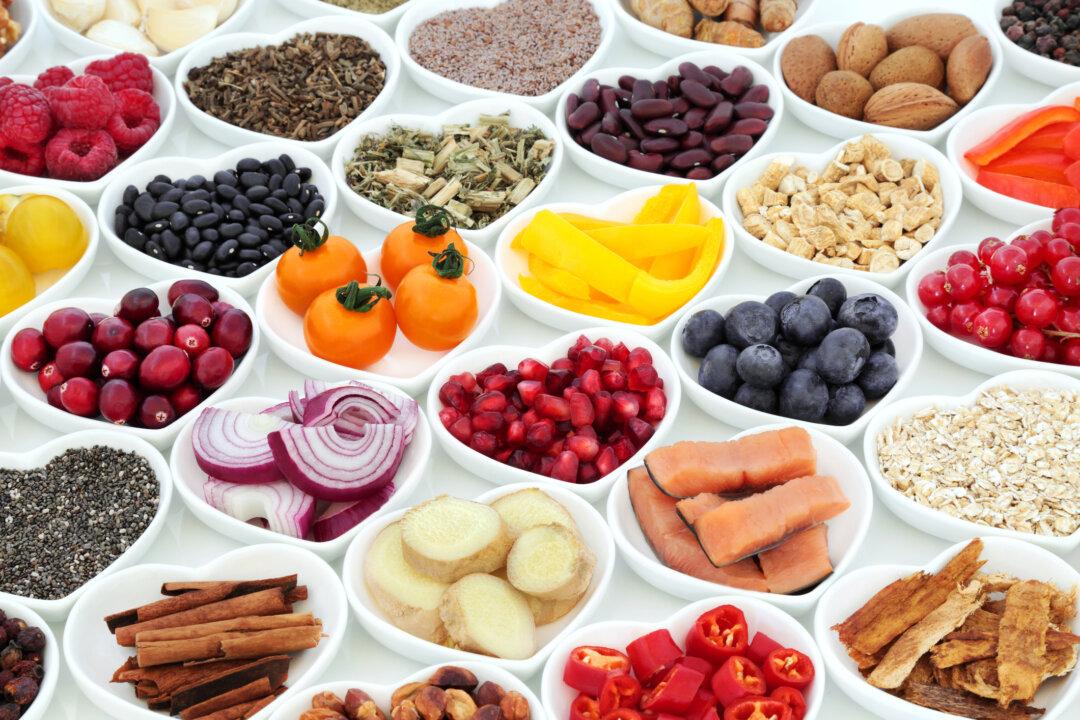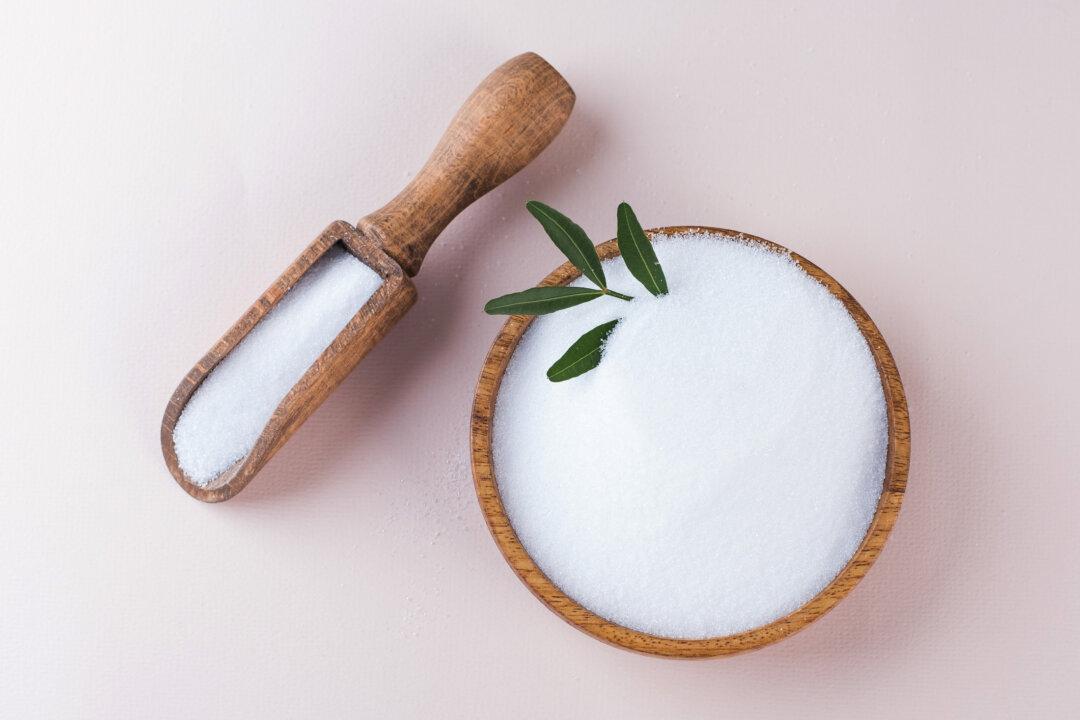A health food darling of the ’70s, carob fell out of favor and virtually vanished from the mainstream. The good news is, it’s back!
The Folklore
Carob dates back about 4,000 years to the Mediterranean region. Carob pods were used by ancient Egyptians to feed livestock (a practice still used today), and the gum made from the seeds is believed to have been used in the mummification process. This cocoa and chocolate substitute is indeed a more nutritious and healthier alternative when a chocolate craving strikes. Carob is naturally sweet, higher in fiber, and lower in fat than chocolate. It also has no caffeine, nor the bitterness of cocoa.The Facts
Carob (Ceratonia siliqua) is part of the legume family, along with beans, peas and lentils. Its fruit is a dark brown pod that resembles a bean or pea pod. The hard-shelled pod contains a sugary pulp and seeds which contain fat and minerals. The seeds produce a gum used in cosmetics and pharmaceuticals and many processed foods like baked goods and ice cream as a stabilizer and for texture. The pulp is dried, roasted and ground to make carob powder used as a cocoa, cacao and chocolate substitute in baked goods and beverages.A one and one-half tablespoon serving of carob has 21 percent DV (DV=Daily Value, based on 2,000 calories/day) of dietary fiber, which supports heart health and digestive health. Carob also contains essential minerals, including calcium and potassium, and is rich in antioxidant polyphenols.





